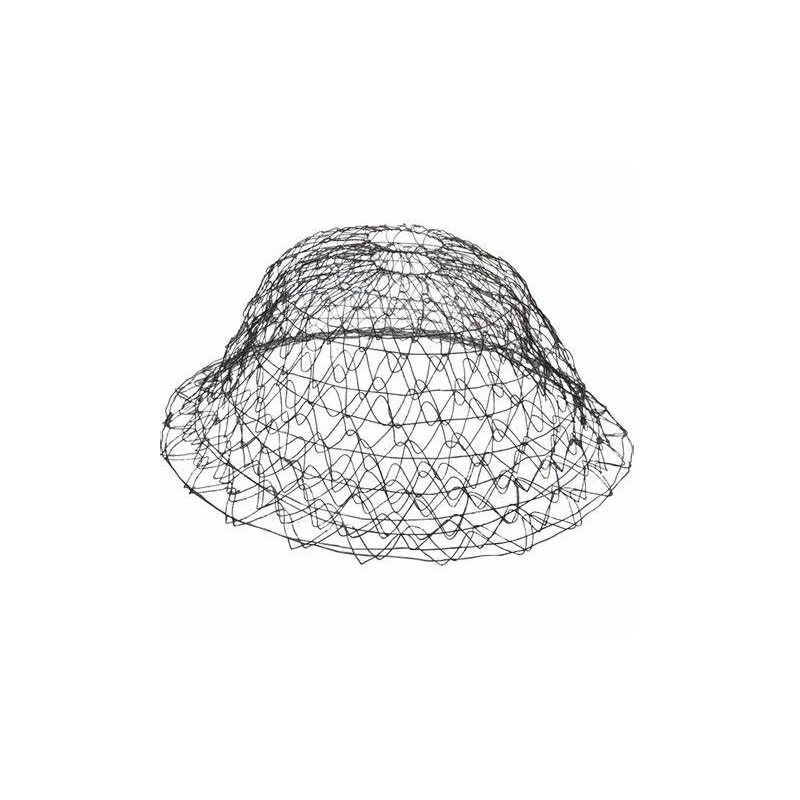
- Mobile Phone
- +8613931874955
- sales@cntcmetal.com
heavy duty extension springs
Understanding Heavy Duty Extension Springs Key Features and Applications
Extension springs are crucial components in many mechanical systems, designed to absorb and store energy while facilitating significant movement. Among these, heavy-duty extension springs stand out due to their robust design and ability to handle greater loads and stress. In this article, we will explore the definition, characteristics, manufacturing processes, and applications of heavy-duty extension springs.
What Are Heavy Duty Extension Springs?
Heavy-duty extension springs are tightly wound coils made from high-carbon steel or stainless steel that can withstand considerable tension. Unlike regular springs that may return to their original shape after limited applications, heavy-duty extension springs are engineered for enduring strength. They are designed to stretch significantly and return to their resting length when the load is removed, making them ideal for various industrial and commercial applications.
Key Features of Heavy Duty Extension Springs
1. Material Strength Heavy-duty extension springs are typically constructed from advanced materials such as music wire, oil-tempered steel, or stainless steel. These materials provide superior tensile strength and resistance to fatigue, enabling the springs to perform in high-load situations without failure.
2. Coil Design The coil design of heavy-duty extension springs is optimized for strength and efficiency. The tightly wound coils offer a high level of resistance against stretching forces, which is essential for applications requiring high endurance.
3. Customizability Heavy-duty extension springs can be manufactured to meet specific requirements, including varied diameters, coil lengths, and spring rates. Custom options allow businesses to tailor these springs to fit unique applications and load requirements.
4. Corrosion Resistance Many heavy-duty extension springs are treated or coated to enhance their resistance to corrosion. This feature is particularly important for applications in harsh environments where exposure to chemicals, moisture, or extreme temperatures can compromise spring integrity.
Manufacturing Process
The production of heavy-duty extension springs involves several key steps
1. Material Selection The first step involves selecting the appropriate material based on the application's requirements. High-quality steel is chosen to ensure that the springs can endure the necessary loads.
heavy duty extension springs

2. Wire Drawing The steel is then drawn into wire, creating the desired thickness for the spring. This step is critical, as the wire diameter directly impacts the spring's strength and flexibility.
3. Coiling The wire is coiled into the desired helical shape, which can be done using automated machines. Precision is crucial in this step, as the coil diameter and pitch affect the spring's performance.
4. Heat Treatment The coiled springs undergo a heat treatment process to enhance their elasticity and strength. This heat treatment relieves internal stresses within the wire, allowing the spring to function optimally under load.
5. Finishing and Testing Finally, the springs can receive finishing treatments, such as coating or plating, to improve corrosion resistance. Each spring is then tested to ensure it meets quality and performance specifications before being sent for distribution.
Applications of Heavy Duty Extension Springs
Heavy-duty extension springs play an essential role in various industries, including
1. Automotive In vehicles, they are used in brake systems, suspension systems, and as components in seats and trunk assemblies, where reliable and consistent performance is necessary.
2. Industrial Machinery These springs are vital in machines that require robust tension mechanisms, such as conveyor belts, lifts, and industrial lifting equipment.
3. Agricultural Equipment Heavy-duty extension springs are utilized in various agricultural applications, including in the mechanisms of planters, harvesters, and other farming machinery, where they contribute to their efficiency and durability.
4. Home Appliances From lawnmowers to exercise equipment, these springs provide the necessary tension and support, ensuring safety and functionality in everyday tools and appliances.
Conclusion
Heavy-duty extension springs are indispensable in numerous applications due to their durability, strength, and flexibility. Understanding their features, manufacturing processes, and diverse applications can help industries select the right springs for their needs, ensuring safety and efficiency in their operations. As technology advances, the demand for these powerful components will likely continue to grow, making them a central focus in engineering and manufacturing sectors.
share:
-
Your Source for Concrete Wall Ties and Masonry AccessoriesNewsJul.10,2025
-
Unlocking the Power of Iron Wire for Every ProjectNewsJul.10,2025
-
Explore Advanced Chain Wire and Stainless Steel Mesh FencingNewsJul.10,2025
-
Discover the Benefits of Annealed Wire ProductsNewsJul.10,2025
-
Discover China Stainless Steel Wire Mesh SolutionsNewsJul.10,2025
-
Build with Confidence Using High-Performance Masonry AccessoriesNewsJul.10,2025
-
Why Sacrificial Formwork Is Redefining Underground ConstructionNewsJun.06,2025



















